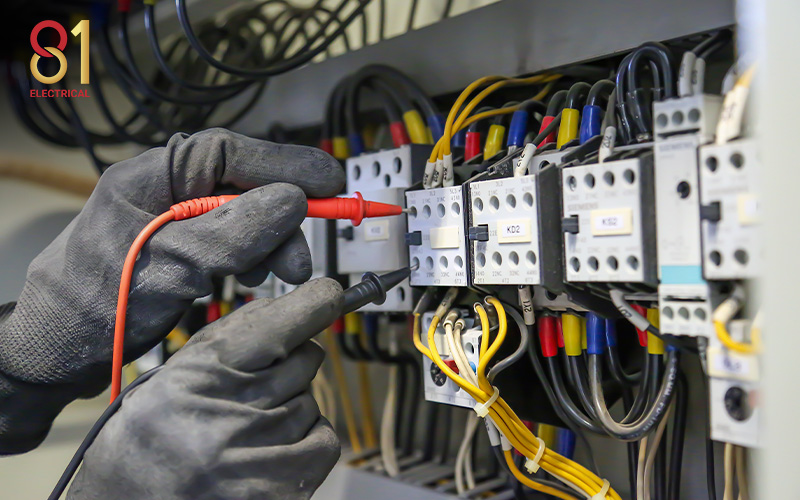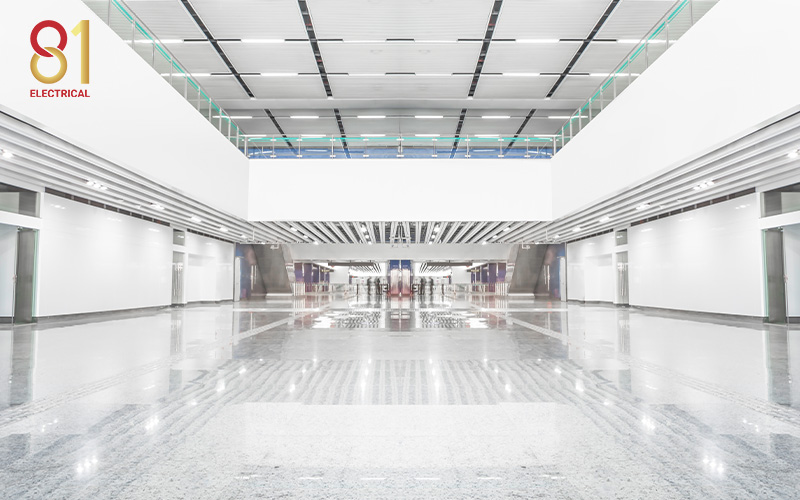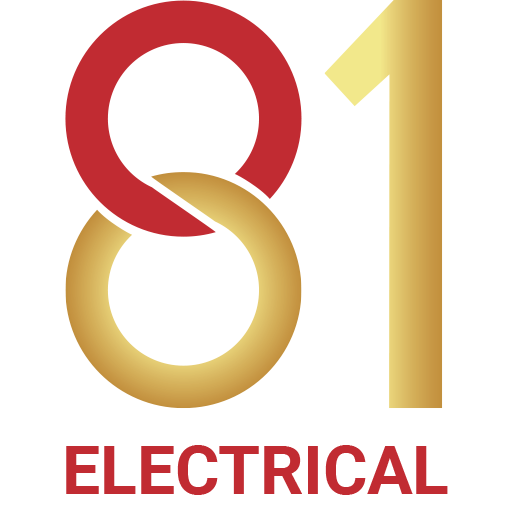What Is Electrical Installation in Building Construction? Everything You Need to Know

Key Takeaways:
-
Why Is It Crucial to Get Electrical Installation Right from the Start?
Engaging a qualified electrical company with a Licensed Electrician in Singapore ensures that electrical installations in building construction comply with all regulatory standards. This helps prevent safety risks, avoid costly delays, and enhance the system performance.
Introduction
Electrical installation in building construction is a key component that requires expert attention in new development projects. The process does not only involve wiring a structure; it’s also about designing, implementing, and maintaining a robust infrastructure that powers everything.
In this guide, we take a look at what electrical installation entails and why it’s essential for safe and compliant buildings. Also, join us as we reveal how businesses can ensure every installation meets the highest standards.
What Does Electrical Installation in Building Construction Involve?
Electrical installation in building construction refers to the full setup of electrical systems within a new structure. This includes the power distribution network, internal wiring, lighting systems, switches and outlets, as well as advanced systems like CCTV, intercoms, and emergency communications.
In Singapore, all installations must comply with strict guidelines under the Energy Market Authority (EMA) and Singapore’ Standards SS 638. These standards ensure safety, operational performance, and long-term reliability. Non-compliance can lead to delays in project approval and serious safety risks down the line.
What are the Key Components of Electrical Installation?
1. Main Electrical Supply and Distribution
Every building’s electrical backbone starts with its connection to the grid through a main switchboard. From there, electrical distribution boards (DBs) are installed across the premises to manage and distribute power. A key step involves coordinating with SP Group for meter installation and energisation.
2. Internal Electrical Wiring Systems
Wiring forms the skeleton of any electrical system. During construction, contractors lay concealed or trunked electrical wiring systems for lighting, power outlets, and equipment. This includes selecting the right cable size based on current and future load demands and designing separate circuits for different uses. For instance, ensure that lighting, HVAC, and heavy appliances do not overload.
3. Lighting Systems
Lighting plans cover general illumination, task-specific lighting, and emergency backup lighting. In line with sustainability goals, many developers opt for LEDs and motion sensor systems to enhance energy efficiency. Projects in the public and commercial sectors must also align with BCA’s Green Mark criteria.

4. Power Outlets and Switches
Outlets and switches must be installed with both functionality and safety in mind. That means positioning them based on architectural and interior design plans and incorporating weatherproof options in wet or outdoor zones. High-load appliances like ovens and compressors require isolator switches for extra protection.
5. Data Cabling, CCTV, and Security Systems
Modern buildings need to be digitally connected and secure. This involves structured cabling for data networks, intercom systems, CCTV surveillance, and fire detection and alarm systems. Many businesses also integrate centralised control panels to streamline security and building management.
6. Electrical Safety Testing and Commissioning
Before any system can go live, it must pass rigorous electrical safety testing and commissioning, like insulation resistance tests and loop impedance checks. All work must be endorsed by a Licensed Electrician in Singapore, commonly referred to as a LEW (Licensed Electrical Worker), who submits the necessary plans and obtains approval from the EMA or BCA.
Why Building Electrical Compliance in Singapore Matters
Singapore’s regulatory environment prioritises safety and sustainability in the built environment. Partnering with a qualified electrical company keeps your building in line with building electrical compliance in Singapore from day one.
Failing to comply with SS 638 or using uncertified contractors can lead to hefty fines, insurance issues, and even project shutdowns. That’s why engaging an experienced electrical service provider is a must for developers, architects, and main contractors.
At 81 Electrical, our team of Licensed Electricians in Singapore brings years of experience handling complex electrical installation work in building construction. From design consultation to testing and commissioning, we deliver compliant, future-ready electrical systems that power your project with confidence.
Reach out to us for full-scope electrical service solutions.



